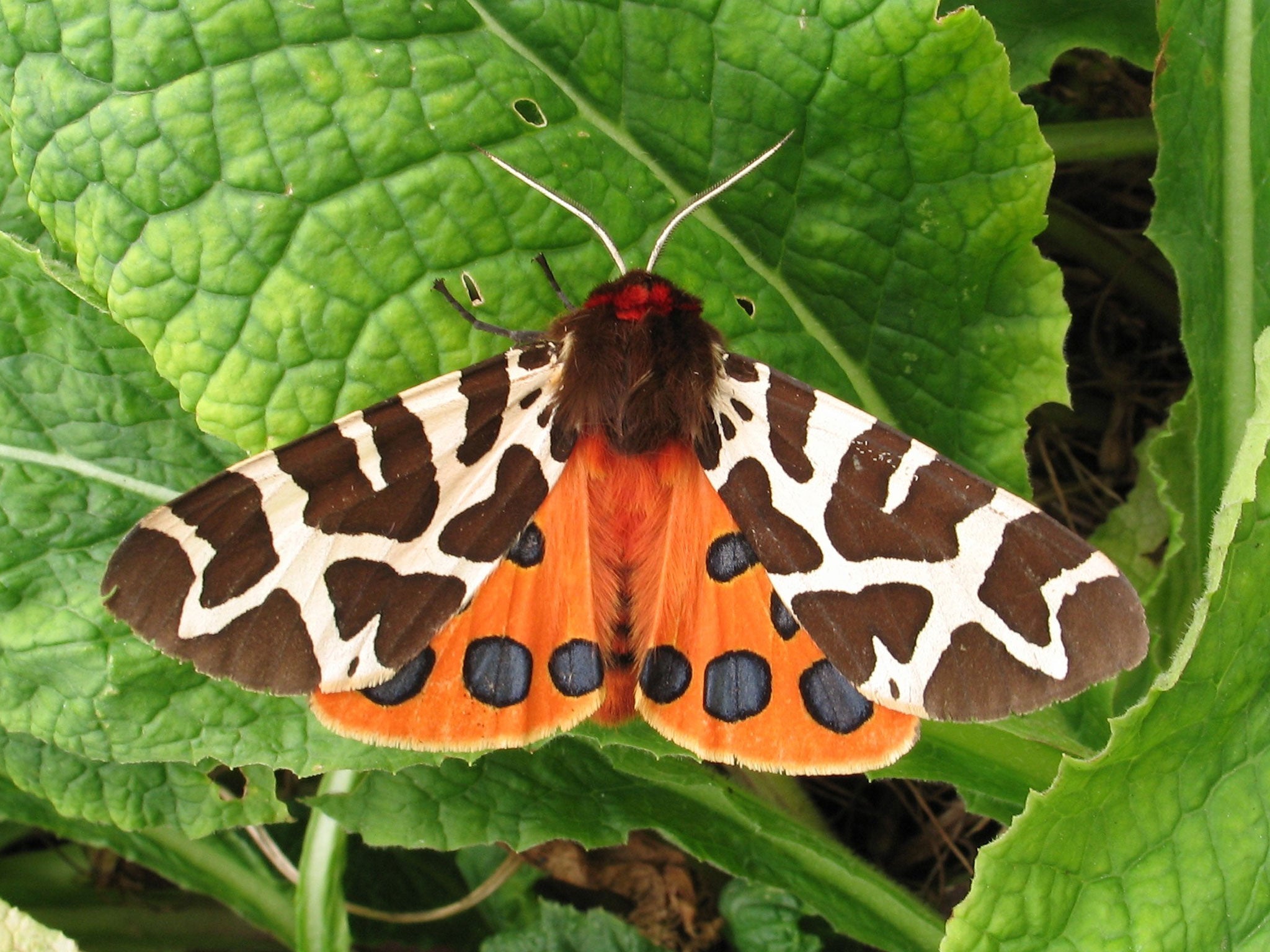Street lights distract moths from pollinating plants, scientists warn
The reasons why moths are drawn to lights are poorly understood

Your support helps us to tell the story
From reproductive rights to climate change to Big Tech, The Independent is on the ground when the story is developing. Whether it's investigating the financials of Elon Musk's pro-Trump PAC or producing our latest documentary, 'The A Word', which shines a light on the American women fighting for reproductive rights, we know how important it is to parse out the facts from the messaging.
At such a critical moment in US history, we need reporters on the ground. Your donation allows us to keep sending journalists to speak to both sides of the story.
The Independent is trusted by Americans across the entire political spectrum. And unlike many other quality news outlets, we choose not to lock Americans out of our reporting and analysis with paywalls. We believe quality journalism should be available to everyone, paid for by those who can afford it.
Your support makes all the difference.Street lighting is playing havoc with moths, distracting them from pollinating plants and potentially contributing to “catastrophic” declines in their populations, scientists have warned.
After monitoring moths in farmland in Oxfordshire, the researchers found that there were about half the number of the insects at ground level in lit areas compared to unlit areas, while the numbers at the height of street lights doubled when they were switched on.
The academics warned that this could be having a “serious” effect on plants pollinated by moths, which have been in severe decline for decades along with other pollinators such as bees and butterflies.
One of the researchers, Dr Darren Evans, a reader in ecology and conservation at Newcastle University, said: “Our research shows that light pollution significantly alters moth activity and this in turn is disrupting their role as pollinators.
“There is a great deal of concern at the moment about our falling pollinator populations and the knock-on effect on plant pollination.
“Our research suggests that it’s a process that is being damaged on two fronts – night and day – and together the impact could be significant.”
A paper about the study published in the journal Global Change Biology reported that about a quarter of the moths were found to be carrying pollen from at least 28 different plant species.
Callum Macgregor, a PhD student at Newcastle University who led the project, which was funded by the Natural Environment Research Council (NERC), said moths attraction to lights – as seen when they “flit around in the bathroom or bang against the window” – was drawing them away from the fields and hedgerows where they would normally be.
“This is likely to cause disruption of night-time pollination by moths, which could be serious for the flowers which rely upon moths for pollination, and of course there could be negative effects on the moths themselves as well,” he said.
The researchers are now investigating what effect replacing high-pressure sodium street lamps with LED lights would have on moths.
It is not know why moths are drawn to lights, although there are a number of theories.
Join our commenting forum
Join thought-provoking conversations, follow other Independent readers and see their replies
0Comments